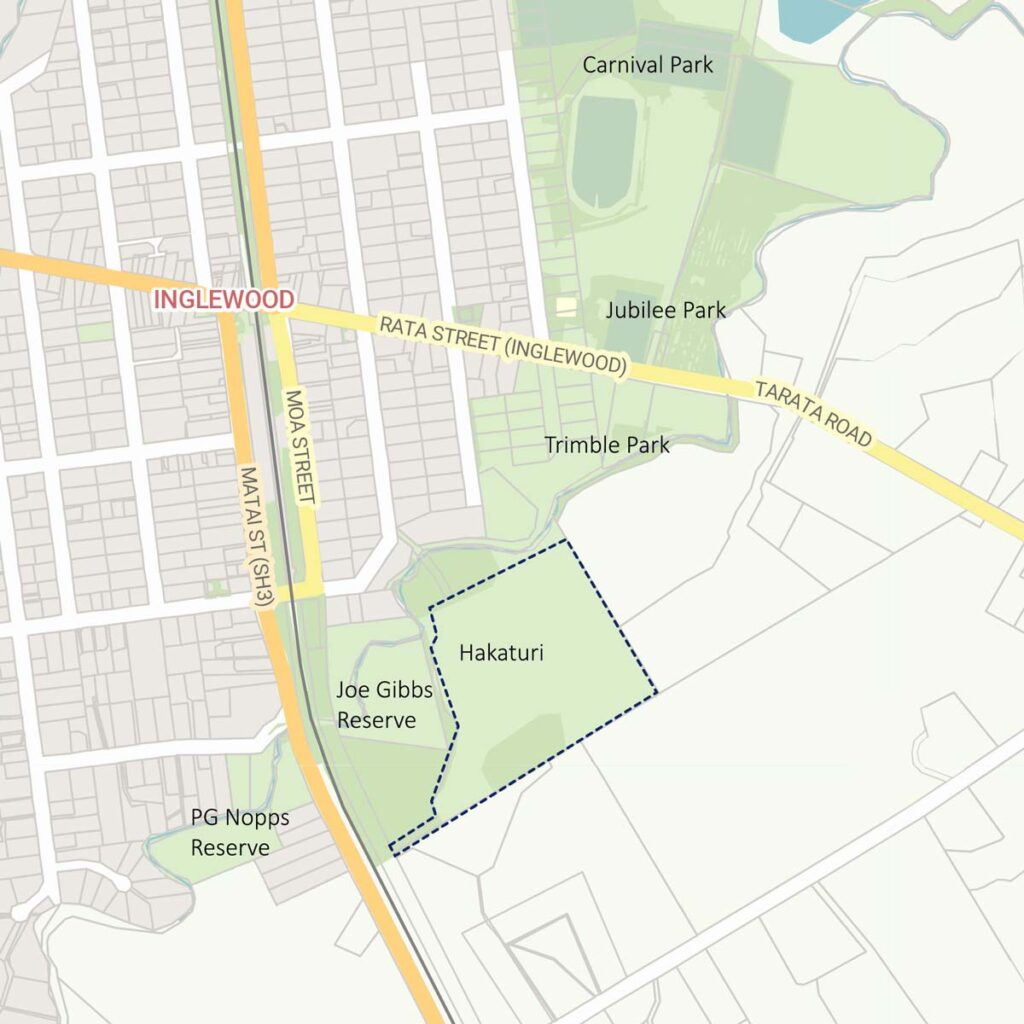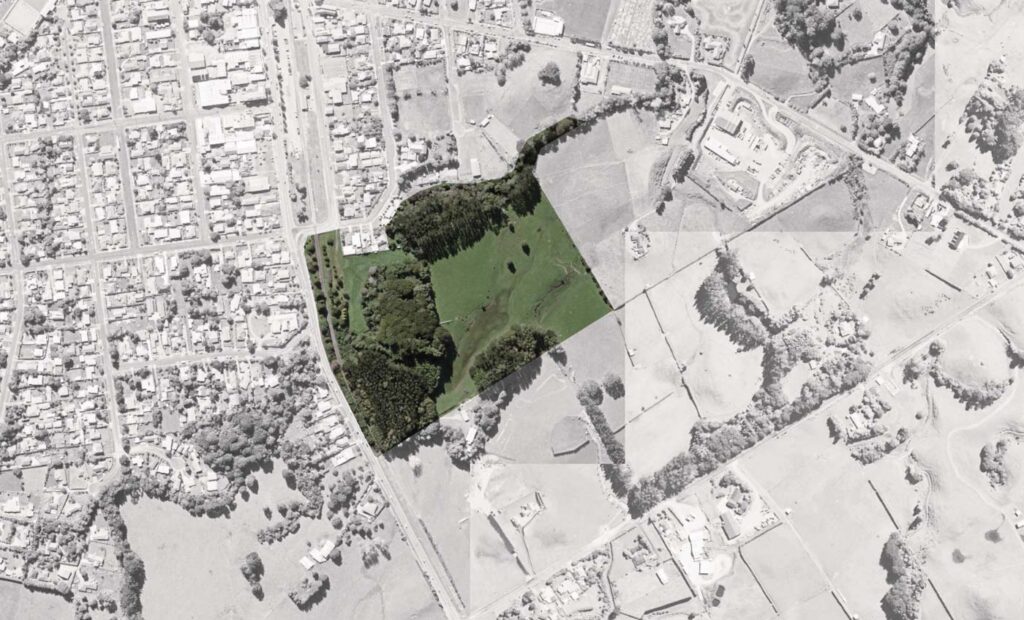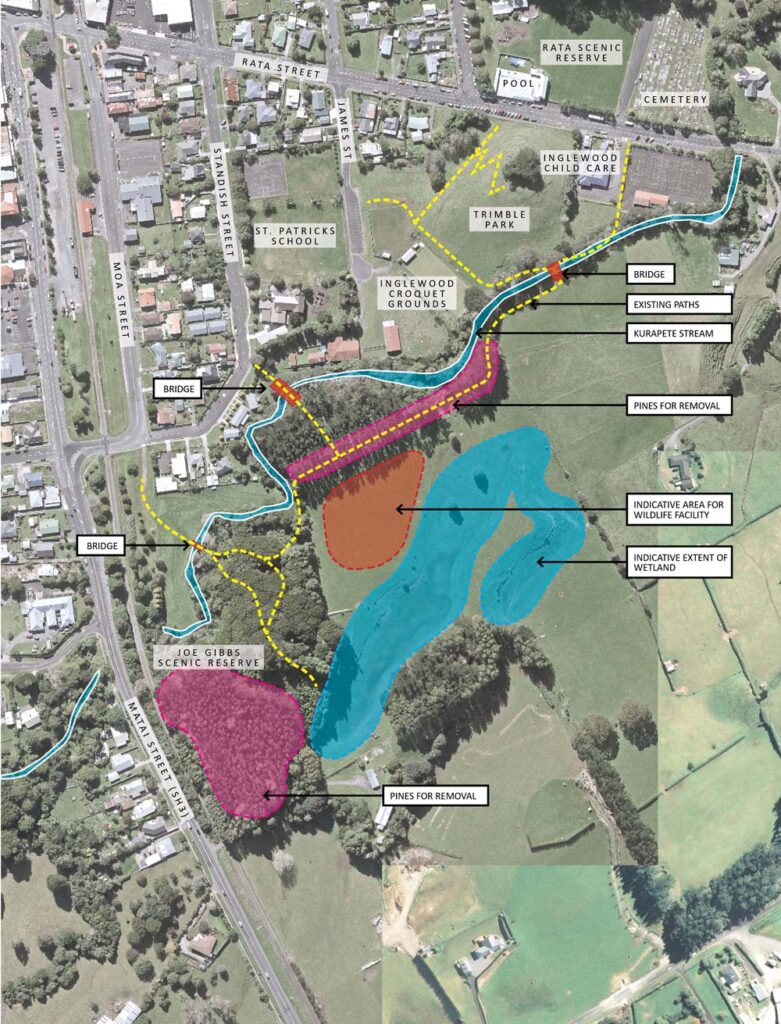
Our strategic vision and purpose is guided by the following goals:
RESTORE – PROTECT – TOGETHER
The vision for te noninga o Hākuturi
In Maori mythology, the Hākuturi are guardians of the forest.
These mythical creatures have a collective responsibility to protect, regenerate and advocate for our natural environment.
An exciting new Taranaki environmental project will mirror this responsibility.
Which is why creation of the Taranaki Environment Centre will carry this special name:
te noninga o Hākuturi – the place where the Hākuturi reside.
The Centre will be at Inglewood, on the doorstep of thousands of hectares of rugged eastern Taranaki forest.
Its development is the result of collaboration between:
- Environmental Conservation organisation East Taranaki Environment Collective (ETEC), which will build and operate the Centre;
- Pukerangiora hapū, who are mana whenua over the area and will embed the project’s cultural narrative;
- New Plymouth District Council, who owns the land where te noninga o Hākuturi will be sited and will be restoring the wetlands and regenerating native forest;
At present the Taranaki region does not have a central environment facility.
A place where there can be collaboration and partnership between organisations and individuals.
Where the collective can work for the good of the environment and the community.
A place where the story of the Hākuturi can be told with a direct relationship between that legend and the intent behind development of te noninga o Hākuturi.
Pukerangiora - The Legend of the Hākuturi
te noninga o Hākuturi
the place where the Hākuturi reside
In Māori mythology Hākuturi are kaitiaki (guardians) of the forest. They have a collective responsibility to protect, regenerate and advocate for our natural environment.
The role of the Hākuturi demonstrates the inherited role Māori fulfill as kaitiaki. The aspiration of the environment centre and the many organisation coming together aligns with the hākuturi and kaitiakitanga.
In the famous Maori legend, Rata wanted to build a waka. He went into the forest and found a mighty rakau (tree) which stood and tall and straight. So he felled it, and began chopping off branches in readiness for it being made into a canoe.
But the tree had housed many birds and insects, and prior to chopping it down Rata had failed to offer prayers to Tane, the lord of the forest.
So that night the Hākuturi, the guardians of the forest, banded together to repair the rakau. They worked to put each chip and branch back to its proper place, and then they stood it upright. In doing so, they recited the following chant:
Fly together, chips and shavings
Stick fast together
Hold fast together
Stand upright again, oh tree.
When Rata returned to the scene and discovered the tree upright, he again felled it. But once again his action was without following the proper tikanga, so that night the Hākuturi again repaired and re-erected it.
But Rata had pretended to leave the scene and had hidden, and when he spotted the Hākuturi he confronted them. They responded: “Who gave you the right to cut our forest god to the ground? You do not have the right to do this.”
Rata was ashamed and pleaded forgiveness. In response to this remorse, the Hākuturi felled a rakau themselves and carved a waka for him.
This famous korero is especially relevant to the Taranaki Environment Centre’s aspirations, because it aligns perfectly with what the parties behind the project see as the future of te noninga o Hākuturi – as a place where those involved in environmental stewardship and the preservation and enhancement of biodiversity can work together and collaborate.
Pukerangiora’s choice of te noninga o Hākuturi’s cultural narrative is a deliberate strategy to encompass the common environmental aspirations and values of iwi, hapū, the environment sector and the Taranaki community.
As the legend of Rata and the Hākuturi proves, working together rather than in isolation is the only pathway to future success.
Background
The Taranaki Environment Centre,
te noninga o Hākuturi, is intended as a partnership between East Taranaki Environment Collective, Pukerangiora hapū and New Plymouth District Council, to create a place that will be a shared space for those working in the conservation and pest management sectors, and as a place of learning. based on iwi principles of environmental guardianship.
The 2021 the Council purchased 5.92ha of land that adjoins Joe Gibbs Reserve alongside the Kurapete Stream in Inglewood. Part of this property will be transformed into wetland, Inglewood’s public walkway network will be expanded so it encompasses the land, and the Centre will be located on a rise overlooking all of this.
It will become the headquarters of the East Taranaki Environment Collective, a charitable trust that is responsible for protecting the ecosystem and biosecurity of 18,000ha of eastern Taranaki land between Okoki and Te Wera. It does this through the control of invasive pest species. It takes a science-based approach to conservation work by using several ‘indicator’ species – kiwi, kokako and long-tailed bat – to demonstrate the effectiveness of the pest control work.
Based in Inglewood, ETEC is a hub for volunteer and contractor activity in the area, with a large number of helpers undertaking the building, maintenance and checking of pest animal traps. Te noninga o Hākuturi will provide the necessary workshop space for this activity.
ETEC places a strong emphasis on collaboration, working closely with iwi and other conservation organisations in Taranaki and building strong and authentic stakeholder relationships. As such, a 2023 feasibility study commissioned by ETEC indicated heavy support for establishment of a Taranaki Environment Centre – more than 80% of fellow conservation organisation were interested in its establishment, half said they would make use of workshop and boardroom facilities, more than a quarter would use office space, and 18% would use te noninga o Hākuturi as a permanent base.
ETEC is also heavily involved in advocacy and education, and it is envisaged the region’s schools will use the Centre as an off-site place of learning about conservation. This will continue activities already undertaken, which include public and school talks and events that highlight conservation work. For example, over the past year more than 10 schools reaching almost 900 students have benefited from explanations on pest control and types of traps used, kiwi and koako monitoring, and pest monitoring. Creation of te noninga o Hākuturi will allow this education and advocacy work to increase.
The Site
The site is located at the southern entrance to Inglewood on Mountain Road. It is currently used for grazing in some areas and some early wetland restoration has been undertaken since the land was purchased by Council. There is a large wetland area within the property which is the proposed area that offers opportunity for a wetland restoration approach.
The northern boundary is bounded by the Kurapete Stream which is vegetated with a mix of native species but with pines and exotic weed species such as holly. On the western boundary the land adjoins Joe Gibbs Reserve and the tawa forest located on that reserve and the designated railway corridor. To the east and south are smaller rural properties ranging in size from 0.7ha – 15ha.
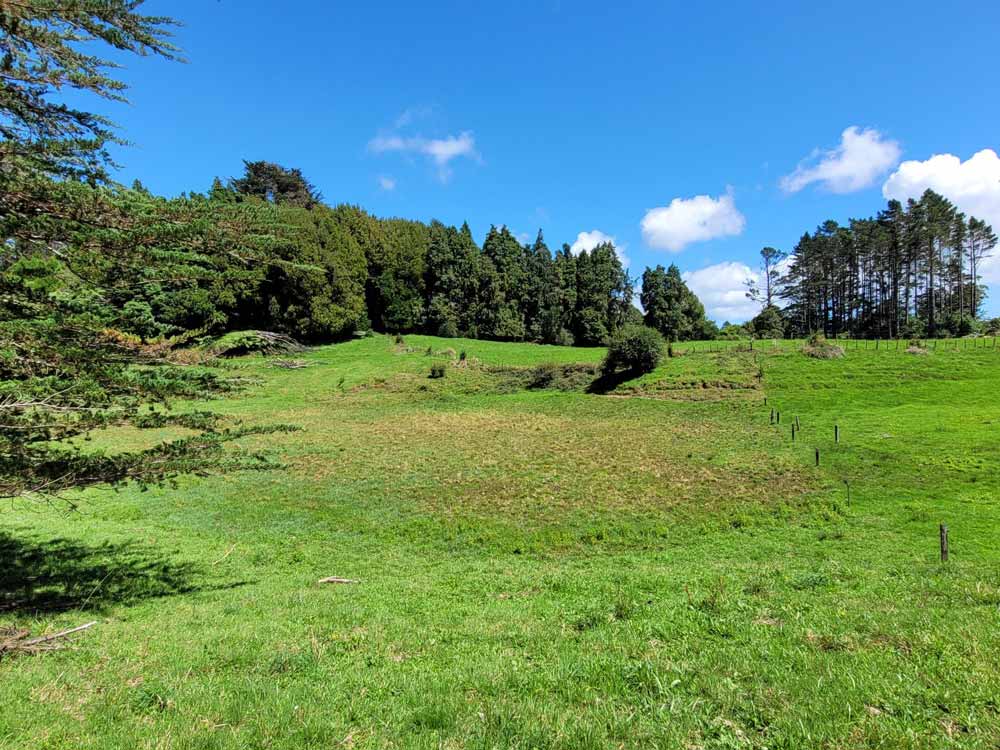
What is Proposed
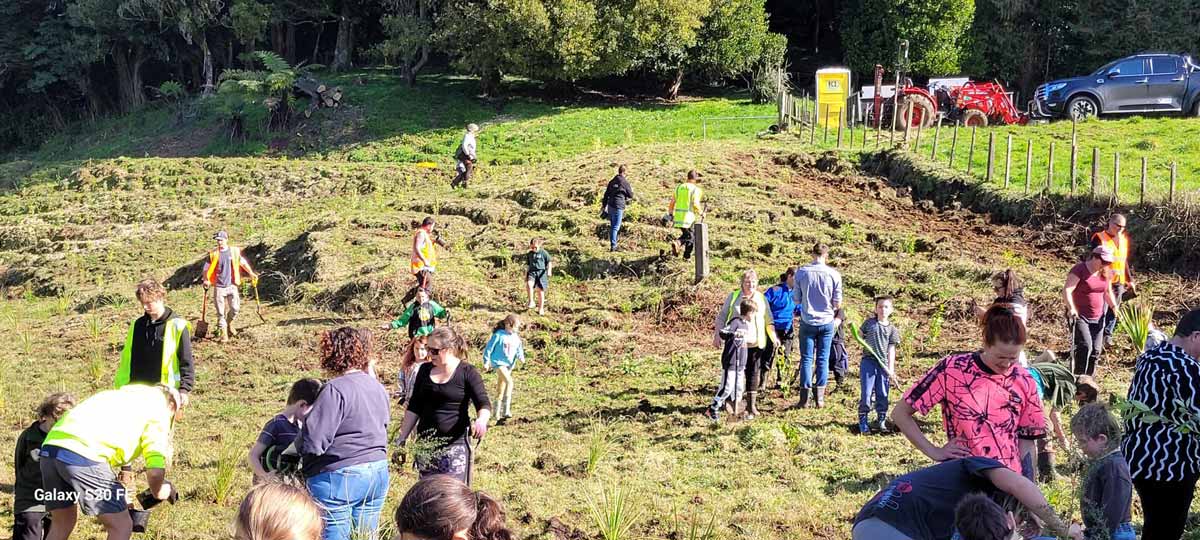
Taranaki Environment Centre project partner Pukerangiora hapū’s narrative of te noninga o Hākuturi is about Hākuturi as kaitiaki, keeping a balance which fits perfectly with the work of East Taranaki Environment Collective and fellow conservation organisations, and New Plymouth District Council in ensuring Taranaki offers an environment suitable for native species to thrive.
The partners in the te noninga o Hākuturi project have engaged Gibbons Architects to create a suitable building concept for the Centre.
Their design response to the narrative is spectacular. A long and lean building that lies lightly on the landscape, indicative of the trunk of the tree that Rata had attempted to fell to make his canoe. Lying on a north-south aspect, it will overlook the proposed restored wetland.
Te noninga o Hākuturi will comprise a simple but robust series of pole shed type structures linked with covered walkways. This will allow the building project to be staged if necessary, as costs permit.
The facility will comprise, from north to south:
- Te noninga Mokoroa – Workshop and garaging.
- Tane Mahuta – Offices and living spaces.
- Te Waonui – Visitor experience and education.
The linear form of the building is a direct reference to the trunk of the tree that Rātā tried to fell. It lies on a north/south access and provides a barrier or separation between the inhabited western town side of the site and the restored wetland to the east.
The building also acts as lens that focuses the inhabitants through and concentrates them on the wetland beyond.
The southern end of the building has more of a direct connection to the earth and houses the workshop spaces. As the building grows to the north it utilises the slope of the land to hover above it. This is like a tree where part of it is anchored to the ground, with the trunk and branches above it. This also means the majority of the building has a very light connection to he ground to minimise disturbance.
The building is a simple series of pole shed type structures linked with covered walkways. The idea behind this is be able to stage the project, to add elements along its length as needs grow or as funding allows. The linear form works great for this aproach.
This type of structure is cost efficient and robust. We link the structures with walkways and the arrangement and design of simple forms becomes an interesting object in the landscape.
There is ample opportunity to weave in other cultural
narratives and enhance the story of the Hākuturi through the materials and structures that make up the building.
The interior of the spaces would use timber linings and can reference the Hākuturi in particular te noninga mokoroa that bored out the canoe. We can carve the interior timbers for a representative effect.
Eventually the building could be removed from the site or deconstructed to return the whole site to its natural state if desired.

Contact Details
For more information or interest in supporting the project please email us below:

